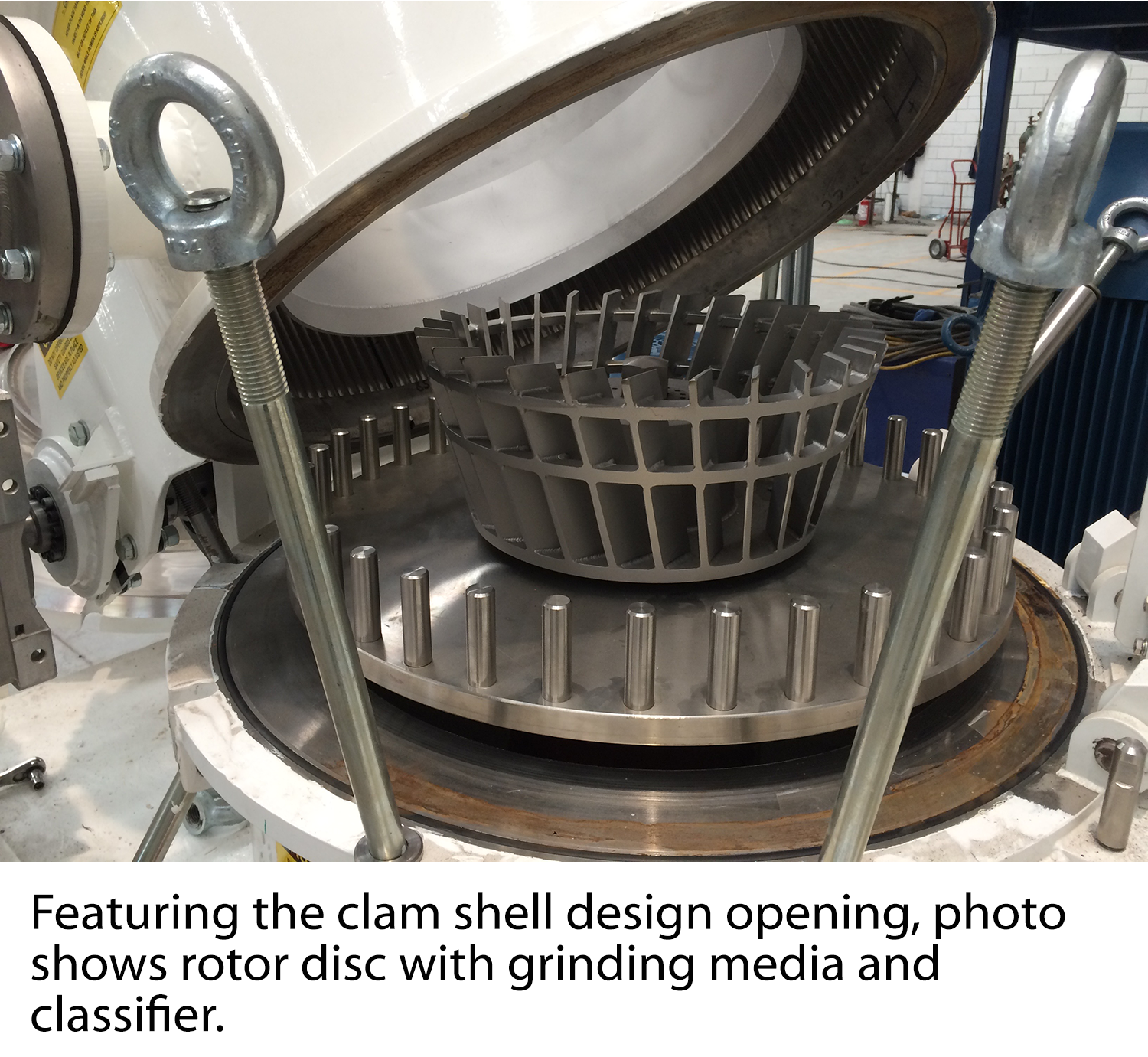Introduction
In the realm of particle size reduction, two significant players are the Jet Mill and the Air Classifier Mill. These mills, while serving similar purposes, exhibit unique characteristics and functionalities. This article delves into the specifics of each mill type, focusing on their operational principles, applications, and the notable differences between them.
Jet Mill: Principles and Applications
Operational Principle
A Jet Mill operates by using pressurized gas or steam to create a high-speed air stream. Within this stream, particles collide against each other and fracture into finer particles. The unique aspect of a Jet Mill is its ability to achieve particle size reduction without any mechanical contact between grinding components, thus preserving the purity and quality of the materials processed.
Key Specifications and Performance Metrics
- Power Consumption: Jet Mills often require high power due to the need for compressed air or steam generation.
- Efficiency: These mills are highly efficient for fine and ultra-fine particle sizes.
- Cost: The operational cost can be high, considering the power and maintenance requirements.
- Size and Specifications: Jet Mills come in various sizes, suitable for different production scales.
- Material Quality: They are ideal for temperature-sensitive and contamination-prone materials.
- Speed: The particle reduction process is swift, thanks to the high-speed air streams.
Air Classifier Mill: Principles and Applications
Operational Principle
The Air Classifier Mill combines the capabilities of a mill with a classifier. It uses air flow to transport materials to the milling chamber, where hammers or pins reduce the particle size. The classifier then separates the fine particles from the coarse ones, allowing for precise control over the final particle size distribution.
Key Specifications and Performance Metrics
- Power Consumption: Generally lower than Jet Mills, as it doesn't require compressed air for milling.
- Efficiency: The integration of milling and classification enhances the efficiency, particularly for medium to fine particle sizes.
- Cost: Operational costs are lower compared to Jet Mills, making it more budget-friendly.
- Size and Specifications: These mills are available in various sizes to suit different production needs.
- Material Quality: Suitable for a wide range of materials, including those sensitive to heat.
- Speed: The milling and classification occur simultaneously, optimizing the process time.
Comparative Analysis
Efficiency and Cost
- Jet Mill: High efficiency for ultra-fine particles but with greater power consumption and operational costs.
- Air Classifier Mill: Efficient for a broader range of particle sizes and more cost-effective in terms of energy and maintenance.
Application Suitability
- Jet Mill: Ideal for pharmaceuticals, chemicals, and other industries where ultra-fine and pure particles are critical.
- Air Classifier Mill: Versatile in applications ranging from food processing to mineral industries, offering a balance of fine particle size and material quality.
Operational Considerations
- Jet Mill: Requires significant power and maintenance, suitable for specialized applications.
- Air Classifier Mill: More user-friendly and cost-effective for diverse industrial applications.

Conclusion
While both Jet Mills and Air Classifier Mills serve the purpose of particle size reduction, their suitability varies depending on the specific needs like power requirements, efficiency, cost considerations, and material characteristics. The choice between the two depends on the specific requirements of the application, balancing factors like efficiency, power consumption, and operational costs.